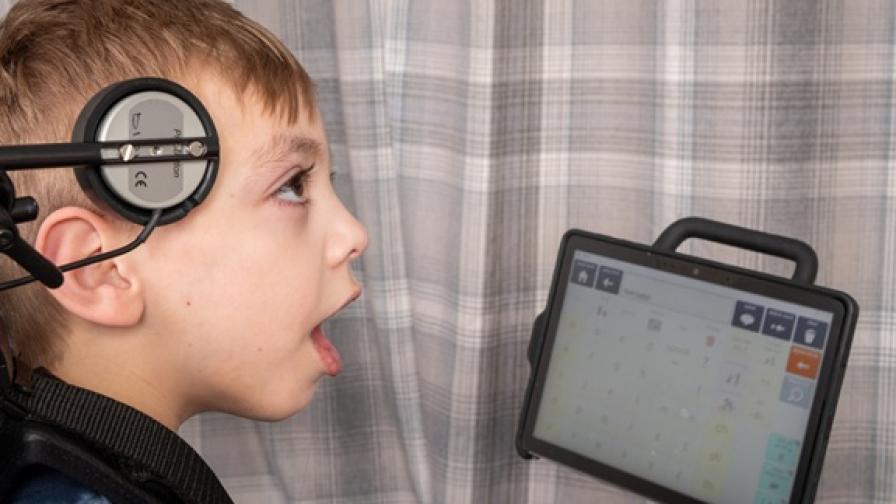
Children with severe cerebral palsy are often unable to speak and find it extremely difficult to communicate with others and due to movement difficulties, these children also struggle to point at or reach for things they want. Some children rely on using their eyes as a way to communicate. By looking at something they’re interested in, then looking at someone close to them, then back at that object, they may indicate their interest in an item. This is called eye-pointing.
Understanding eye-pointing behaviour can help doctors to assess how a child’s brain has been affected and allows them to better tailor care to a child’s abilities and needs. But in the absence of clear guidance on how to describe this behaviour, doctors who look after children with severe cerebral palsy often struggle to tell how well a child uses eye-pointing to communicate.
In 2016 Action Medical Research and Great Ormond Street Hospital Children's Charity jointly funded a grant of just over £88,000 to help Dr Michael Clarke and his team from University College London to test, with new patients, a new eye-pointing classification scale for children with severe cerebral palsy.
Being able to understand how a child is using their eyes is absolutely critical in helping parents and professionals provide the right kind of support
The Action funded work successfully proved that the scale was easy to use in real-life clinical settings by different people and gave consistent, reliable results.
The scale has since been named eyePoint and made available to download for free and has been downloaded more than 600 times by people in across more than 35 countries. It is now available in five languages and an App version was launched early in 2019.

